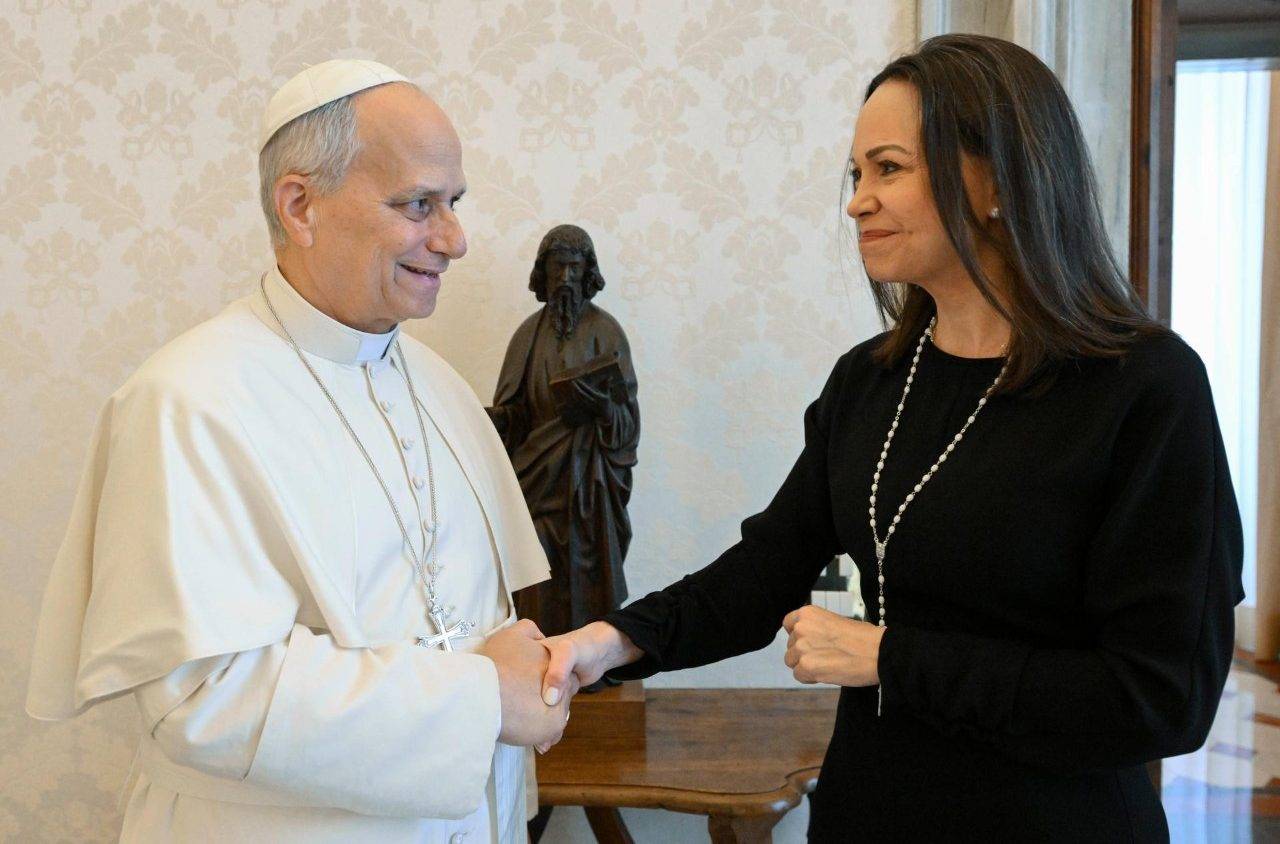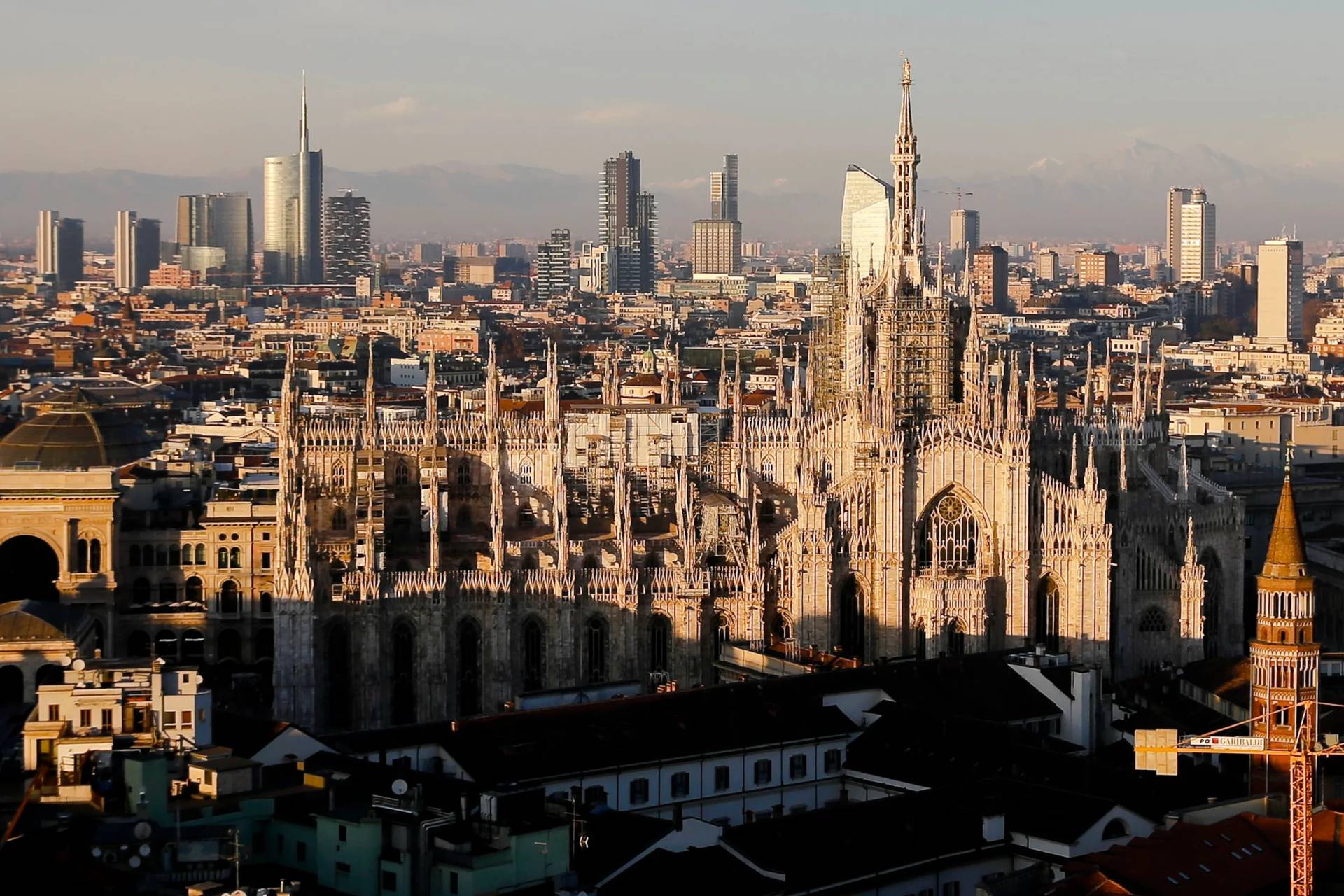LEICESTER, United Kingdom – A new report says a government scheme to provide funds to England’s Anglican and Catholic cathedrals has significantly reduced immediate risks to the structures.
“Due to the architectural significance, scale and age of the buildings, cathedrals are costly to maintain, requiring specialist skills and extensive funds to enable conservation restoration and repair of their historic, complex and often tall/high fabric,” said the First World War Centenary Cathedral Repairs Fund Evaluation Final Report, which was released on Tuesday.
The fund was established in 2014 ahead of the centenary of the First World War to support urgent repair work at Anglican and Catholic cathedrals considered historically significant in England to keep them weatherproof, safe and open to the public – and to prevent further deterioration to the buildings.
The over $50 million was provided for the 41 Anglican and 16 Catholic cathedrals across England so the buildings could properly host events commemorating the First World War, which lasted from 1914-1918.

The First World War killed over 900,000 British people, over double those killed in the Second World War. The 100th anniversary of the end of the war will be marked on November 11, 2018.
“The grant funding received through this program has enabled a number of Catholic cathedrals to carry out major works of repair which would otherwise have been wholly unaffordable,” said Archbishop George Stack of Cardiff, the chair of the patrimony committee of the Catholic Bishops’ Conference of England and Wales.
Stack said many Catholic cathedrals in England are located in deprived inner-city areas and have very limited funds.
“This grant scheme has allowed a considerable backlog of repairs to be addressed. Leaking roofs have been repaired, decaying stonework rectified, improvements to drainage has stopped damp penetrating walls and causing internal damage, and improvements to heating and lighting systems have made cathedrals warm and welcoming to all,” said the archbishop.

The report noted that the fund was able to support infrastructure work which was particularly appreciated, since it can be very difficult for cathedrals to obtain funding for such ‘unglamorous’ but essential work, which is often vital for keeping buildings safe and open.
It also noted that although the primary role of cathedrals is the mission of the Church, they also have wider economic and social benefits.
“A number of recent research and policy documents emphasize the varied and important civic role of cathedrals, from providing outreach to vulnerable communities, developing volunteers’ skills, providing a space for quiet reflection, to hosting shared commemorations or celebrations at times of national significance,” the report said.
The funding was managed by a committee of the Church of England – the state church in the country – and the report said the Cathedral Repairs Fund helped Catholic dioceses increase their confidence in applying for funds in the future. (Unlike in the United States, there are no legal barriers for Churches to apply for government funds to finance building maintenance.)
“In relation to fundraising more broadly, the significant and consistent injection of funding into Catholic cathedrals was welcomed and seems to have resulted in a sharper focus on conservation and fundraising for many,” the report said.
“Throughout the process the quality of applications from Catholic cathedrals improved, stronger links were made with cathedral architects and cathedrals were able to undertake repairs that had been outstanding for many years. One cathedral saw the funding as a ‘lifesaver’ which will kick-start the investment needed to re-order the cathedral to accommodate a growing congregation,” the report continued.
The Cathedral Church of Saint Mary and Saint Boniface in Plymouth received over $1 million in grants, allowing it to repair windows and replace its heating system.
Before the funding was made available, the cathedral was in danger of closing, due to the safety risk posed to visitors.
“The repair needs of this cathedral have been, and are, extremely serious compared to our limited means. However, the generous support of the Fund has enabled us to carry out the necessary repairs that would have otherwise been impossible, and would have ultimately put the very existence of Plymouth Cathedral and the future preservation of its heritage at great risk,” said Msgr. Batholomew Nannery, the dean of the cathedral.
St. Chad’s Cathedral in Birmingham’s Catholic is the first Catholic cathedral built in England since the Reformation, having opened in 1841. It was designed by famed 19th century architect Augustus Pugin, the same man who designed Big Ben, the bell tower at the north end of Westminster Palace.
It receive received nearly $300,000 to repair its stone masonry, which had become unsafe.
“The World War I Centenary Repair Fund enabled us to carry out vital work to the stonework and statuary on the front elevation,” said Father Gerry Breen, the dean of St. Chad’s.

“Not only was it an occasion to promote this important milestone in defense of our democracy and freedom; but it gave us the opportunity to highlight the cathedral’s World War I Monument in memory of the 200 men and boys from the parish who fell in the Great War. Our World War I memorial remains a poignant place to pray for peace and unity in our world today,” Breed said.
Stack also noted the importance of the anniversary that led to the Cathedral Repairs Fund.
“These highly significant sacred buildings have been able to play their part in the commemorations for the First World War and we are enormously grateful to the government for this vital funding which brings renewed hope to many,” the archbishop said.














